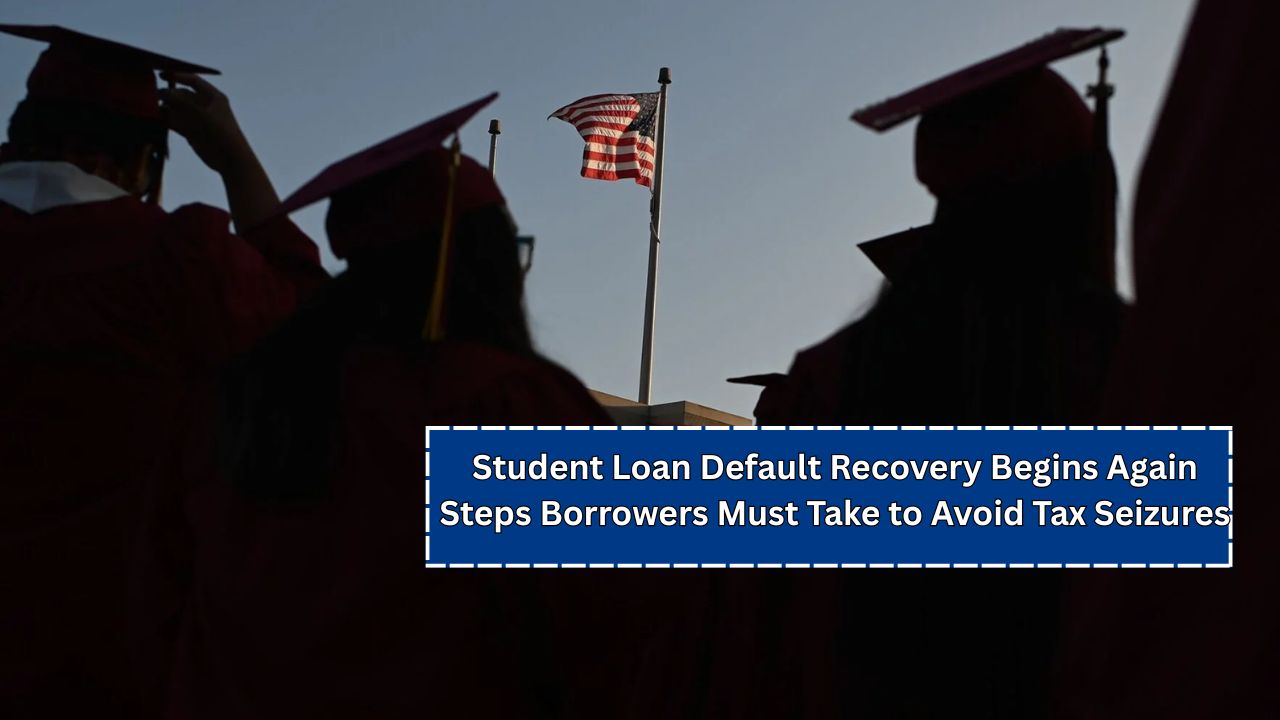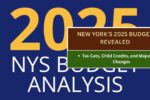CNN — Starting Monday, the Department of Education will resume collections on defaulted student loans, putting millions of borrowers at risk of wage and benefit garnishment.
This action aligns with the Trump administration’s broader push to dismantle the Education Department and undo many of former President Joe Biden’s student loan policies, including forgiveness programs.
The move could immediately impact more than 5 million borrowers already in default. That number may rise soon, with an additional 4 million borrowers currently in “late-stage delinquency” — meaning they haven’t made a payment in over 90 days, according to a department release last month.
What does it mean when federal student loans are in default?
Federal student loans enter default after 270 days of non-payment. If your loans aren’t in default, this change won’t affect you.
How do I know if I’m in default?
Once a loan defaults, it appears on your credit report. You can check your loan’s status by contacting your loan servicer or visiting the Federal Student Aid website. Experts advise checking your status even if you’re confident your loans are in good standing, just to stay informed about your options.
How can the government garnish my wages and benefits?
To collect on defaulted debts, the government has restarted the Treasury Offset Program. This allows it to withhold federal and state payments like tax refunds and Social Security benefits — but only if your loans are in default.
Additionally, the Education Department announced in April that administrative wage garnishment would restart this summer. This lets the department instruct non-federal employers to withhold a portion of wages from borrowers with defaulted loans.
How do I get out of default?
The Department urges borrowers to contact the Default Resolution Group at the Office of Federal Student Aid. You can start a repayment plan, make a monthly payment, or enter loan rehabilitation.
Loan Rehabilitation
Borrowers can rehabilitate defaulted loans by making nine on-time, voluntary payments within a 10-month window. You can only rehabilitate a defaulted loan once. Visit the Student Aid website for full details.
To begin, you’ll need to contact your loan servicer and agree in writing to make those payments. The servicer determines the amount based on your income documentation. Payments typically equal 10% or 15% of your annual discretionary income, divided over 12 months.
If you don’t know your loan servicer, find them via the Office of Federal Student Aid.
Once you make the nine consecutive payments, your loan exits default and the default notice is removed from your credit report. However, any previous delinquency may still show.
If wage garnishment had already started before you began rehabilitation, it will continue until you’ve completed at least five of the nine required payments.
Loan Consolidation
Loan consolidation lets you combine multiple federal loans into a single loan with one monthly payment and no application fee. Be aware that consolidating resets the interest calculation and could increase your long-term repayment total. It also gives you the option to switch to a new loan servicer.
But there’s a catch: If you’re working toward forgiveness under an income-driven repayment plan, consolidating will reset your progress, according to student loan attorney Jay Fleischman.
Can I get additional relief while in default?
Once your loan is in default, you lose access to deferment, forbearance, and repayment plan choices. That means you can’t temporarily pause payments or opt for an affordable income-based plan.
However, “once borrowers complete loan rehabilitation or consolidate to cure the default, they regain access to deferment, forbearance, and income-driven repayment plans,” Fleischman said.
He emphasized that “the loss of these options doesn’t depend on the loan being sent to collections. When a borrower defaults, the law restricts these options until the loan is brought out of default.”
Can I discharge student loans in bankruptcy?
Student loans are harder to discharge than other consumer debt. But it’s possible in certain cases — particularly if you file for bankruptcy and can prove undue hardship.
Since the Biden administration eased the burden of proving hardship, more borrowers have successfully discharged their student debt in bankruptcy. The government even made it easier for its attorneys to recommend discharge to judges.
“People should look at what’s called the Brunner Test,” said student loan expert Betsy Mayotte. “It’s the standard most courts use in these cases.”
The Brunner Test requires proof that you can’t maintain a minimal standard of living if forced to repay the loan, that your financial condition is unlikely to improve, and that you’ve made a good faith effort to repay.
Consumer bankruptcy attorney Malissa Giles warned that the Trump administration may take a stricter stance. “I think it’s going to be a lot harder under this administration to get a hardship discharge approved,” she said.
Watch out for scams
Scammers often take advantage of moments like this to target vulnerable borrowers with fake promises of fast relief or better repayment options.
Announcements like the one made by the Education Department “make great talking points for scammers that go after some of the most vulnerable borrowers, and defaulted borrowers fall under that category,” Mayotte said.
“There’s never a fee to access rehabilitation or consolidation,” she added. “Paying someone won’t speed things up or get you a better deal. You can do it all yourself — for free.”
This article has been carefully fact-checked by our editorial team to ensure accuracy and eliminate any misleading information. We are committed to maintaining the highest standards of integrity in our content.

Outside of work, he enjoys playing chess, following cricket, and writing short stories. His commitment to integrity and in-depth analysis strengthens OTE News’ mission of providing trustworthy journalism.




